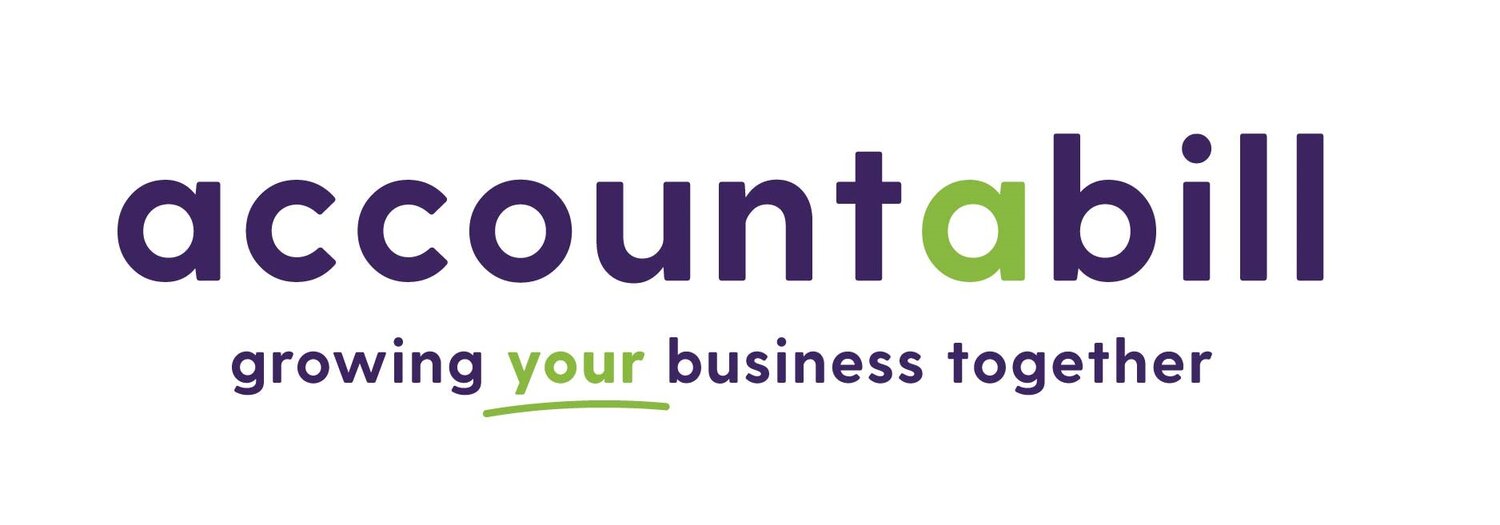Keeping your ‘well of happiness’ full will help you build a better business.
This should be something you focus on all the time. Just as the flight attendants tell you to put the oxygen mask on yourself before helping others, it’s the same in business - you need to look after yourself at all times.
What are the things that fill your ‘well of happiness’?
These are activities that restore your energy and resilience levels and help you face challenges in your business. It could be dancing, yoga, mountain biking, reading, weightlifting, cooking, or meeting friends for coffee. Most likely, they’re the things you just don’t feel you have enough time for right now.
Of course, you do have the time; you have the same number of hours in your day as Einstein or Helen Keller had. You’re just choosing not to spend your time on these activities.
Make a list of the pastimes that make you happy. These are things you keep putting off doing because you think you don’t have time or feel guilty about taking time out of your business to enjoy.
Now, make a commitment to yourself to spend at least 1 hour per day doing these things. Share that commitment with your business mentor or someone who’ll hold you accountable to spending your time in this way.
Lastly, set aside time in your diary to do these activities until they become an ingrained habit.
Keeping your well of happiness full reduces stress and restores your energy, both crucial to life and business success. So, make it a priority.
“Life is short. Smile while you still have teeth.” - Mallory Hopkins








